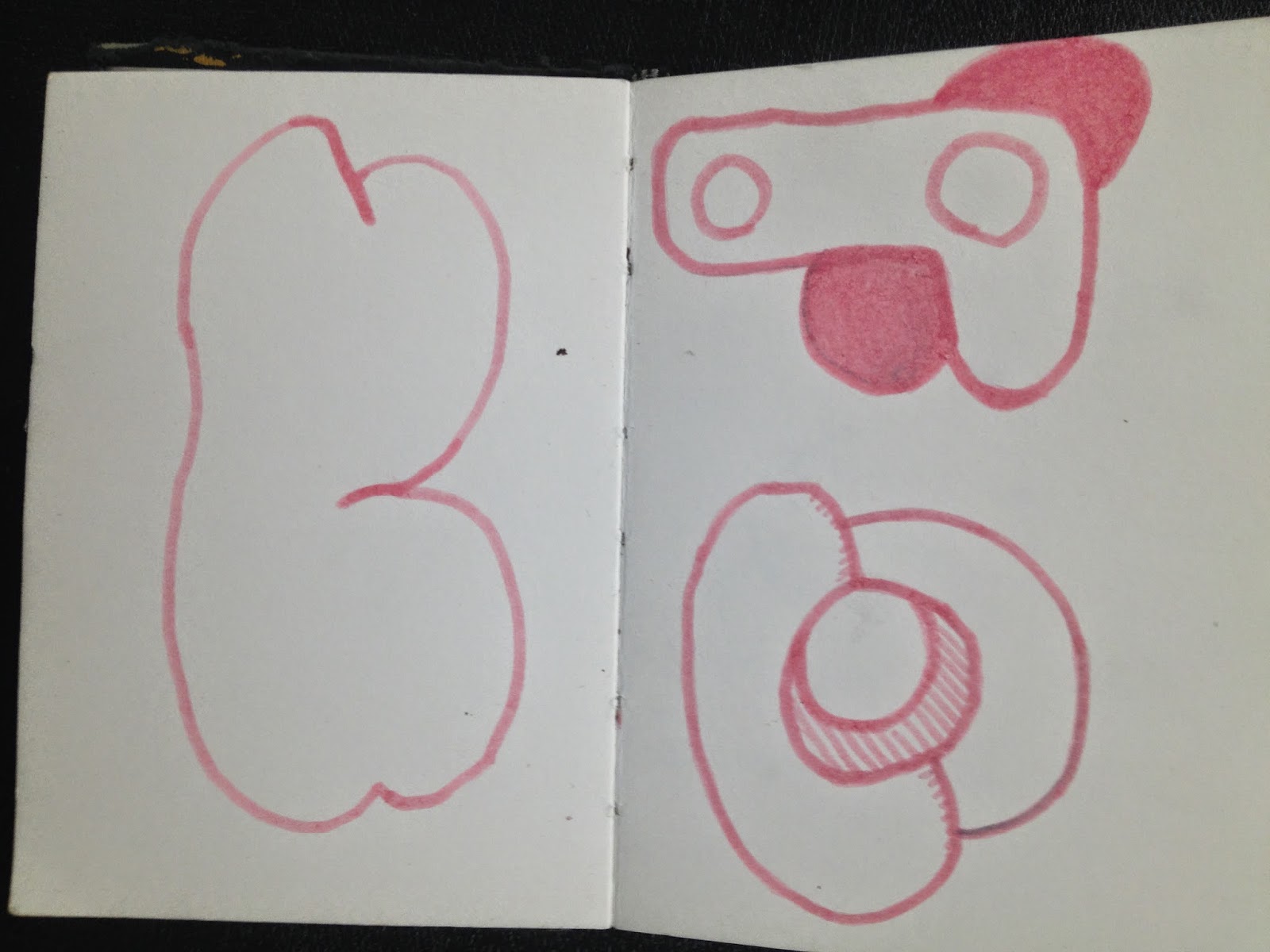The day after the dissertation deadline was our Easter Bunny show. I had hardly any time to prepare for the show, because I had been unwell the last fortnight, and anyway I had to focus on finishing my dissertation and handing it in.
Unfortunately, this meant I wasn't able to test my ideas for installing my animations, by building a smaller structure around a single monitor, which would be covered with detritus and objects. Instead I brought in a old Apple G4 and a monitor, balanced the monitor on top of the Mac, and set it up to play a loop of several of my animation continuously throughout the evening.
The work seemed to be received really well. I noticed groups of people standing round the screen, watching them play, and laughing at their horrible absurdity, proving once again that they are a really effective way of mediating my ideas to the viewer. I would like to have had the time to build a structure around the monitor, and cover it with objects, as that would have provided the context for the work that I want to achieve.
Ive tried really hard to find someone who had images from the night, but no one seems to have taken any, and the video footage I took on my mobile is so dark as to be unusable.





































